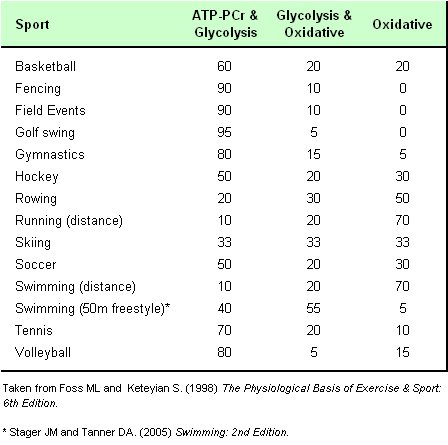Recent work performed at the University of Texas Medical School in Galveston found that consuming a small preworkout protein-carb meal may help with recovery and muscle building.
The study focused on a small liquid meal taken before weight training. The researchers found that consuming a protein/carb drink before a workout can significantly increase the amount of muscle-building amino acids your muscles suck up during the workout and over the next few hours. The increase in amino retention amounted to roughly 150% more than when the same drink was consumed immediately after a severe one-hour leg thrashing. This is significant because amino acid retention is a major step in creating or enhancing the anabolic environment in muscle and in promoting better and faster recovery and growth.
The researchers used a drink composed of 6 g of essential amino acids and 35 g of sucrose, plus a small amount of artificial sweetener (containing aspartame), dissolved in a half-liter of distilled water. The same scientists had used this drink formulation in previous studies that demonstrated its significant anabolic effects on muscle protein synthesis when consumed one or even three hours after a hard training session.

![[squat.jpg]](https://blogger.googleusercontent.com/img/b/R29vZ2xl/AVvXsEjXX8IpNO2hbHj7zQZpTLEJLM8U3ib0xu2R-xy8UbsvMxT9uu9u-ruX6tT-0RzE_A4aimCQTafq_jtFnV-J8tt8sr1OnnGmsKAgWIlnXRA4qtqnPPfffBn1gL72Ez10vxrN2mJK/s1600/squat.jpg)



![[energy_systems.gif]](https://blogger.googleusercontent.com/img/b/R29vZ2xl/AVvXsEh4-2p4eJ-T9-ZYsh-iITWk9J6wpADZYqNz_9K0lWwj3xkaS6DGaI7E_vrLTTO2-XJ0M-3kbX3CZiO96a9yQLqviysc-X4mGyaKcMJHWb4Jg67LA_zwKFd8_wDs5oEgrvNS_5PdAQ/s1600/energy_systems.gif)



